Music Notation and Theory for Intelligent Beginners by Jono Kornfeld (Free music Ebooks )
₦0.00

Part of what the book covers
Notes, The Staff
1
The Keyboard
2
Clefs
3
Ledger Lines
5
The Grand Staff, Accidentals
6
Simple Intervals
7
Enharmonic Equivalence
8
Double Accidentals
9
Note Values
10
Beaming
11
Stem Direction
12
Stem Length
13
Measure, Bar Line
14
Time Signatures
15
Beat Emphasis
16
Putting Notes into Practice
17
Counting Eighth Notes
17
Counting Sixteenth Notes
18
Rests
19
The Dot
20
Ties
21
Slurs
22
Other Time Signatures
23
Compound Time Signatures
24
The Triplet, Syncopation
25
Tempo I
26
Tempo II, Tempo Changes
27
Dynamics
28
Articulation
29
Economical Devices I
30
Economical Devices II
31
Economical Devices Exercises
32
The Major Scale, Keys
33
Scales Using Flats
34
Scales Using Sharps
35
Key Signatures, The Key
36
The Circle of Fifths
37
Transposition
39
Scale Degrees, Note Names
40
The Minor Scale
41
The Three Minor Scales
Vendor Information
- Store Name: J. Sam Industry
- Vendor: J. Sam Industry
-
Address:
Nigeria
Kwara -
5.00 rating from 1 reviewRated 5.00 out of 5 based on 1 customer rating

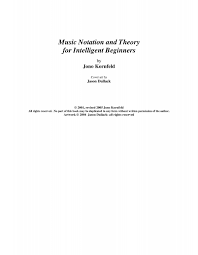
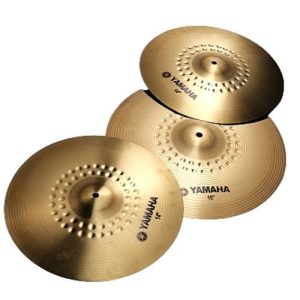
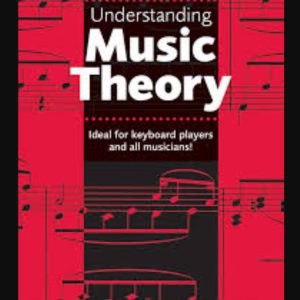
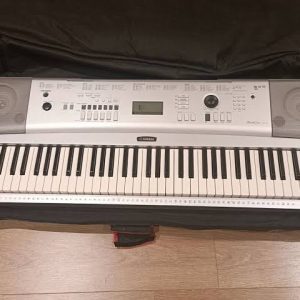

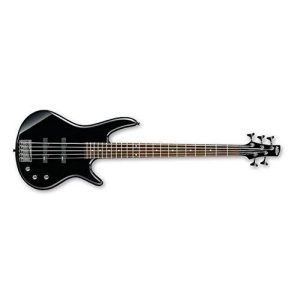
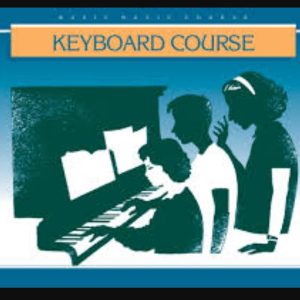
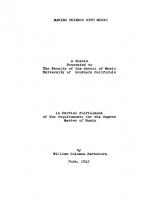
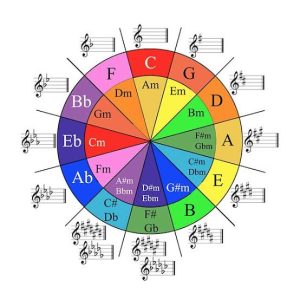
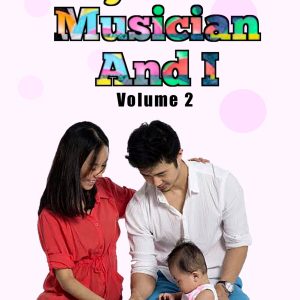

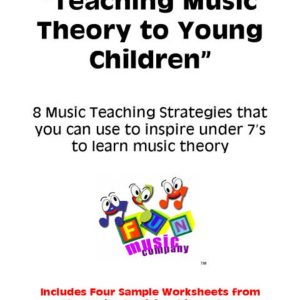
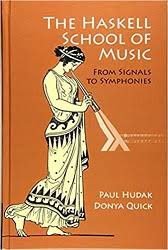
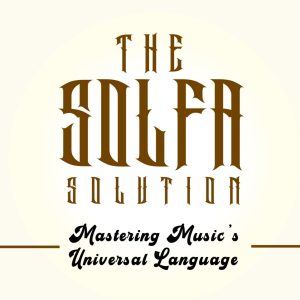
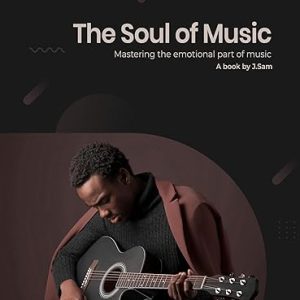

Reviews
Clear filtersThere are no reviews yet.